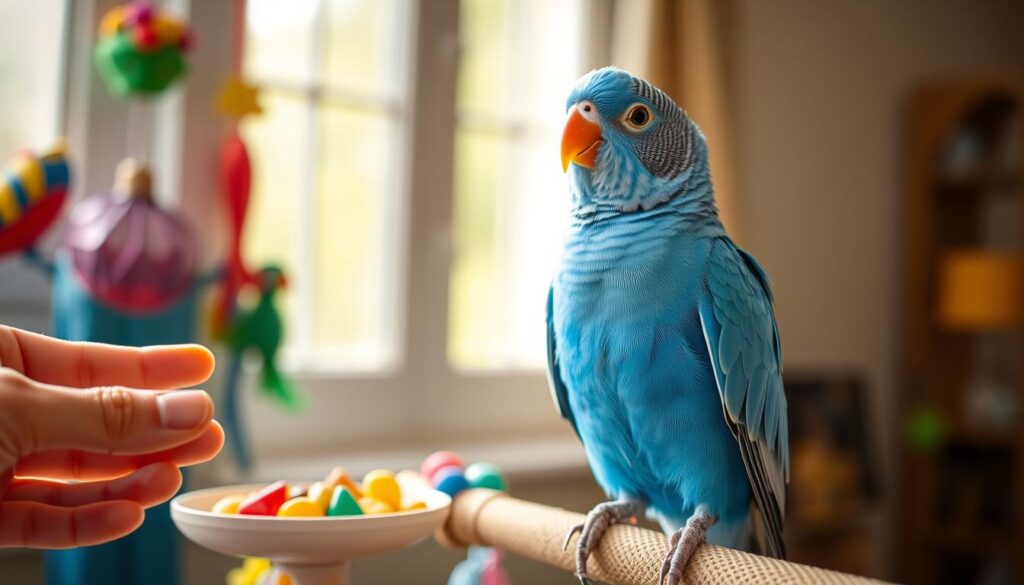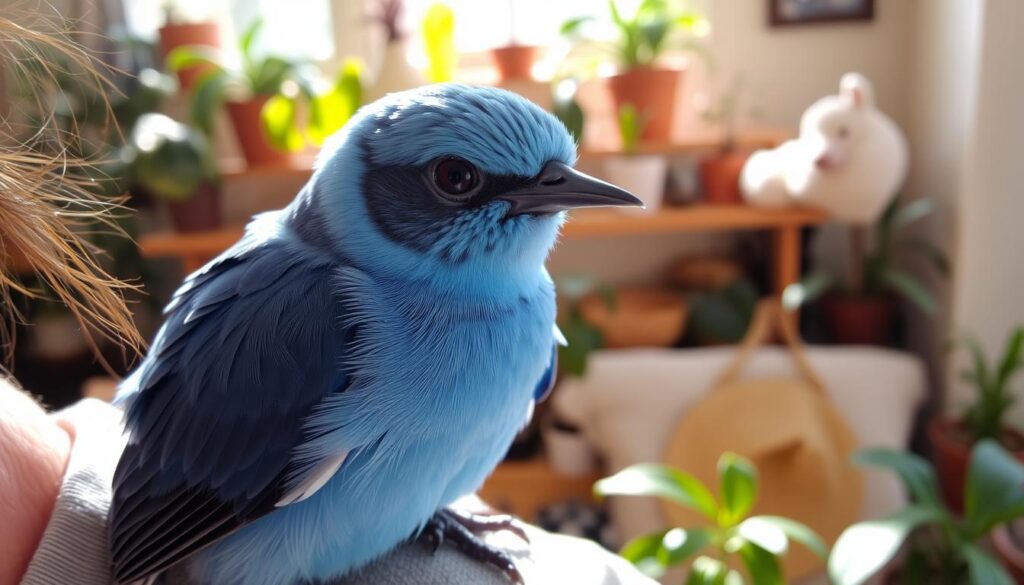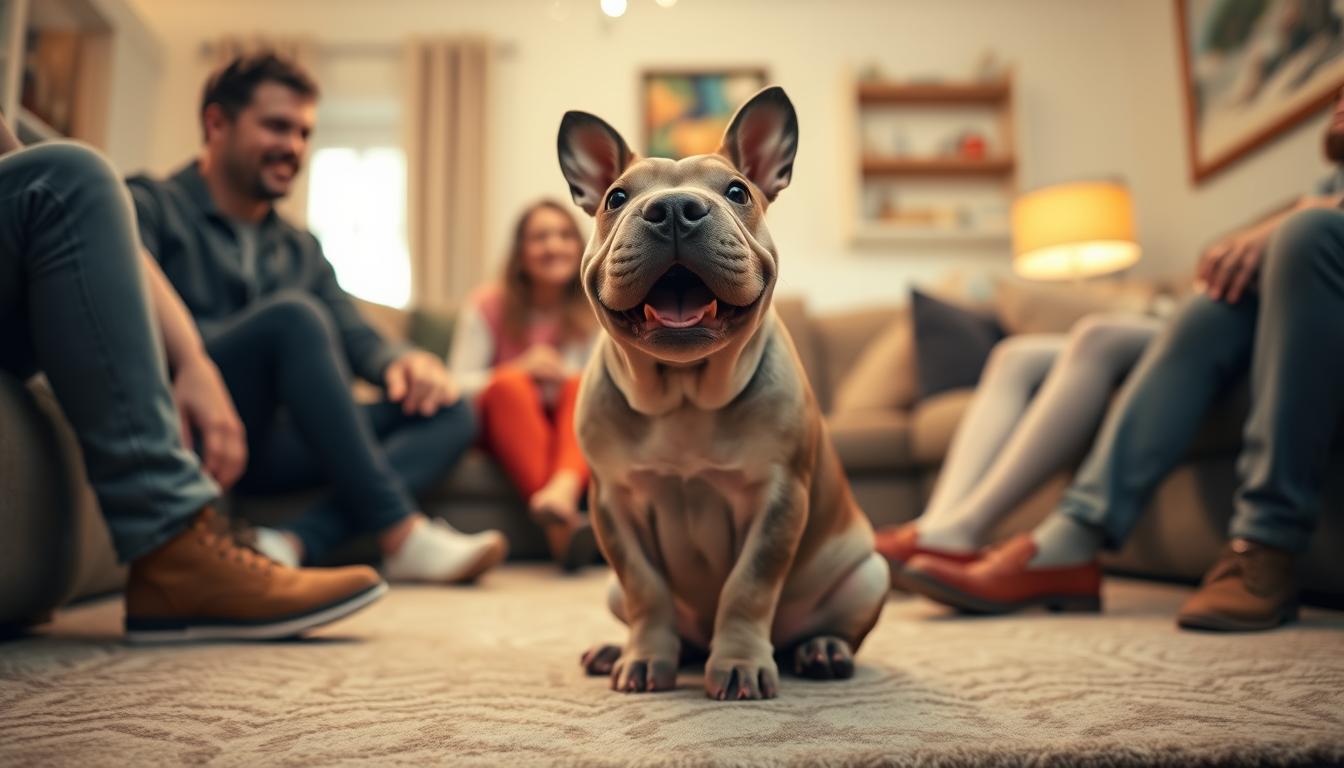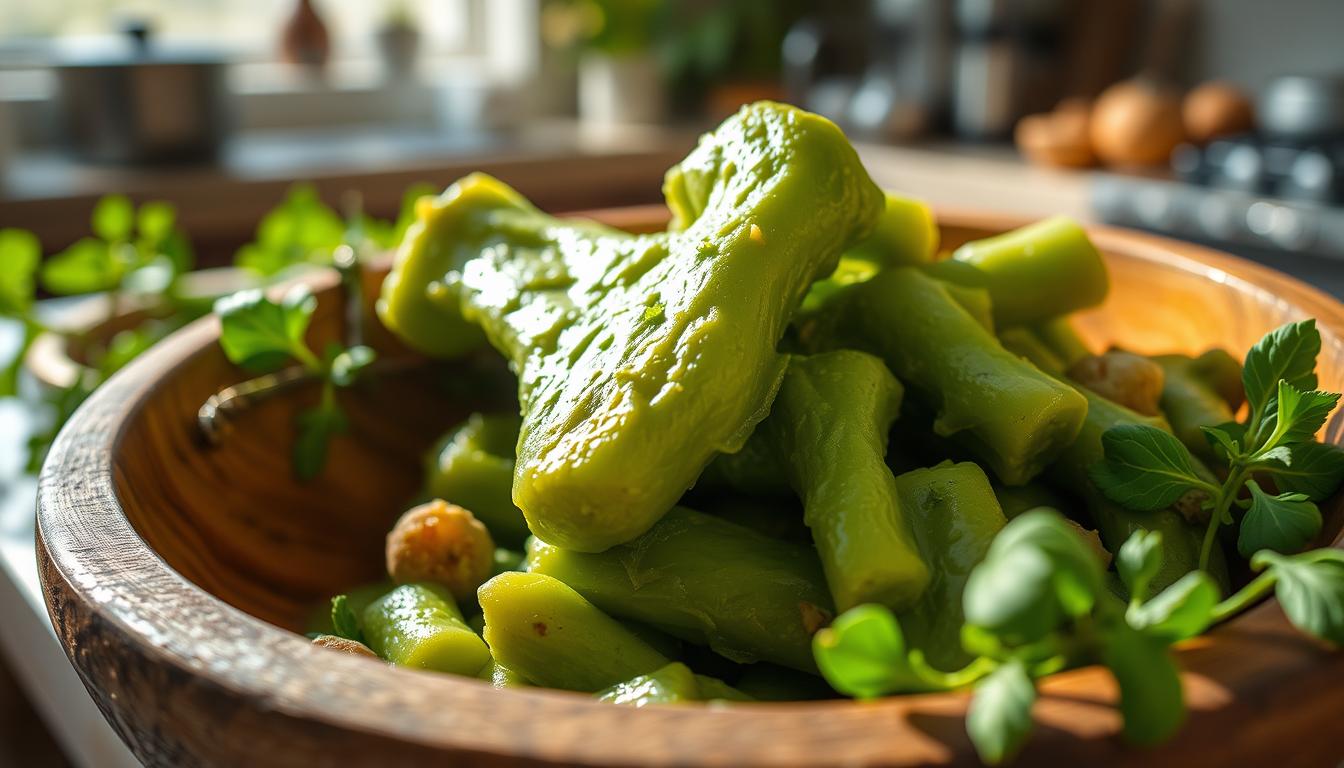Blue Quaker Bird: A Beautiful Pet Companion

Did you know a Blue Quaker Bird can live up to 30 years with the right care? This parrot, also known as the Blue Monk Parakeet, is more than its stunning blue feathers. It has a personality that makes it a beloved pet. The bird’s blue color comes from a genetic mutation, which has won the hearts of many pet lovers worldwide.
Many people are looking to buy a blue quaker parrot. They want to experience the joy of having one as a pet. This guide will cover everything you need to know about the blue quaker bird. We’ll talk about their loving nature, playful behavior, and how to care for them.
If you already have a blue quaker parrot or are thinking of getting one, it’s important to understand their needs. This will help ensure a happy and fulfilling experience for both you and your pet. Learn about the unique traits of blue quaker birds and how to provide the best care for them. Discover how to create a loving home for your new feathered friend: Blue Quaker Parrots: Everything You Need to1.
Key Takeaways
- The Blue Quaker Bird can live up to 30 years with proper care.
- These parrots are known for their affectionate and playful nature.
- Blue Quaker Birds are becoming increasingly popular due to their unique appearance.
- Proper nutrition and housing are crucial for their health and well-being.
- Training can enhance their ability to mimic speech and perform tricks.
- Understanding their social interactions is key to bonding with your Blue Quaker.
- Health care is essential as they can experience specific issues like fatty liver disease.
Introduction to Blue Quaker Birds
The blue quaker bird is a captivating pet known for its lively nature and stunning appearance. These parrots, with their eye-catching blue feathers, offer both companionship and entertainment. They can live from 20 to 30 years, making them a long-term commitment for any pet owner2. Found primarily in Argentina and nearby South American countries, these birds are becoming increasingly popular among breeders3.
Owning a blue quaker involves understanding their unique requirements, which are crucial for their health and happiness. It is essential to prioritize blue quaker care by providing a well-balanced diet, proper housing, and essential enrichment activities. Avoiding a seed/nut-only diet helps prevent nutrient deficiencies and diseases2. Fresh water should be available daily, ensuring it is free from harmful substances2.
Additionally, a spacious cage is critical for your blue quaker’s well-being, with the recommended size being at least 24” x 30” x 24”, free from drafts2. In terms of social interaction, these birds enjoy companionship and can develop strong bonds with their owners. Thus, being prepared for the responsibilities that come with owning a blue quaker bird leads to an enriching experience3.
The Unique Characteristics of the Blue Quaker Bird
The blue quaker bird is stunning and has blue quaker bird characteristics that make it a great pet. Their blue feathers, from a genetic mutation in the 1940s, set them apart from other parrots4. They weigh between 3 to 5 ounces (about 85 to 142 grams), with an average of 3.5 ounces (100 grams)5. They are 9 to 11 inches long, perfect for those with small spaces6.
Blue quaker birds are known for their lively personality and quaker parrot traits. They can live up to 20 to 30 years, making them long-term friends45. They love to talk and need lots of attention from their owners. A balanced diet is key to their health, avoiding obesity6.
Their soft, blue feathers are a favorite among bird lovers4. They are also known for their ability to mimic human speech, often better than other birds5. For more on caring for a pet, check out this guide on pet adoption.
Origin and History of the Blue Quaker Bird
The blue quaker bird origin comes from South America, including Brazil, Argentina, Bolivia, and Paraguay. In the 1940s, Belgium saw a genetic change that made these parrots blue. Since then, they’ve become very popular in the U.S., especially from the 1960s to the 1980s7.
Quaker parrots can be found as far north as New Jersey and Connecticut. This has led to some U.S. states banning them as pets. Knowing their history of quaker parrots helps us understand their special traits and behaviors.
Blue quaker parrots are a bit smaller than green ones, growing 11 to 13 inches tall. They can live up to 30 years with proper care8. These birds love to be around others, making them great pets for those who enjoy their company.
Today, blue quaker parrots bring joy and friendship to many homes. If you’re thinking of getting one, knowing their needs and history is key. For more on caring for these birds, visit this resource on quaker care.
Why the Blue Quaker Bird Makes a Great Companion
Blue Quaker birds are known for their loving nature. They love to be around people and enjoy playing with their owners. This makes them great companions, offering lots of benefits of blue quaker ownership.
These birds are full of energy and always curious. They love to play and have fun, keeping their owners entertained. With the right care, they can live over 30 years, bringing happiness for decades9.
Blue Quaker parrots also form strong bonds with their owners. They are very loyal and loving, making them perfect blue quaker companions9. Even though they might nip sometimes, they are also very affectionate and enjoy being held.
It’s important to spend at least an hour a day with them to keep them happy. They are not too loud and don’t take up too much space, making them great for apartments9. As they grow older, they might get a bit territorial and messy. But, they are more than pets; they are beloved friends that make life better.
Understanding Blue Quaker Bird Care
Proper care is key for your blue quaker bird to thrive. A balanced blue quaker diet is essential. It should include high-quality pellets, fresh fruits, and veggies. This mix should be 60% pellets, 30% fresh produce, and 10% grains and seeds.
Quaker parrots can easily get too fat if they eat too much fat or sugar. So, it’s important to keep their meals balanced and varied. This helps prevent health problems1011.
Nutritional Needs
Give them treats like nuts and cooked eggs, but only sometimes. It’s also crucial to have fresh water always available. Some birds might need supplements like Vetafarm Parrot B-Calm to manage stress10.
Housing and Environment
The size of your bird’s cage is very important. It should be at least 24 inches on each side. This gives them enough room to move and play.
The bars of the cage should be spaced safely to avoid injuries. Blue quaker housing should also have toys to keep them entertained. This helps prevent boredom and behaviors like feather plucking and aggression1011. Keeping their space clean is also vital for their health.
Social interaction is crucial for quakers. They are smart and love to learn tricks. Positive reinforcement during training is important. Also, give them time outside their cage to exercise and explore safely10.
Training Your Blue Quaker Bird

Training a blue quaker bird is a fun journey that strengthens your bond. These birds are smart and social, making training key to manage their behavior12. Positive reinforcement is the best way to train them. Tools like clicker training and touch or target training work well13.
Keeping a regular routine is important. Training sessions should be short because these birds get bored easily14. Reward good behavior and ignore bad actions. This helps them learn better13. Tricks like fetching and waving can also keep their minds active and bond you closer14.
Boredom can cause bad habits like feather plucking. So, it’s vital to keep them mentally active with toys and puzzles14. For more tips, check out proper care and training techniques. This way, you’ll have a happy and healthy bird friend for many years.
Blue Quaker Bird Talking Ability
Blue Quaker birds are known for their amazing talking ability. They can make up to 13 different sounds, each with its own meaning15. While they might not talk as much as green Quakers, they can learn to say phrases quickly16.
These birds love to chat, showing off their talkative side15. They can mimic sounds from TV or even household noises15. This makes them very engaging to watch and listen to.
Singing shows they’re happy, while growling means they’re upset15. Beak clicking is a warning sign, showing their complex communication skills15. Even though they might not talk as much as green Quakers, their unique sounds and interactions are special17.
The table below compares the talking abilities of Blue Quaker parrots to green Quakers:
| Characteristic | Blue Quaker Parrots | Green Quaker Parrots |
|---|---|---|
| Talking Ability | Moderate | Advanced |
| Noises Produced | 13 different noises | More than 13 noises |
| Phrase Learning | Contextual, post-adjustment | Contextual & extensive |
| Vocal Behavior | Less prone to feather plucking | More prone to feather plucking |
| Common Vocalizations | Singing, beak grinding | Screaming, laughing |
Social Interactions and Personality Traits

Understanding your blue quaker’s personality is key to a strong bond. These birds love to be around people and enjoy regular talks.
Bonding with Your Bird
To bond well with your blue quaker, try fun activities together. Give them toys to play with, set up playtime routines, and handle them gently. It’s important to spend time with them often because they can get sad if left alone too long18.
Playful and Energetic Nature
Blue quakers are full of energy and love to play. They need lots of toys and places to explore to stay happy. Changing their toys and trying new activities keeps them entertained and strengthens your bond. Without enough play, they might bite or pull their feathers18.
Health and Lifespan of the Blue Quaker Bird
The blue quaker bird can live from 20 to 30 years. This depends on how well it is cared for. Regular vet visits and a good diet are key to their health and long life19. With the right care, some blue quakers can live even longer, showing the value of being a dedicated pet owner20.
There are health problems to watch out for with blue quakers. They can easily get too fat because they love to eat, especially foods high in fat or sugar19. They might also get sick with respiratory infections if they’re exposed to cold drafts or bad air19. Another issue is feather plucking, which can happen if they’re stressed or bored. This shows how important it is to keep them mentally active and well-socialized19.
It’s important to make sure your blue quaker has a good place to live. Their cage should be at least 60 cm on all sides19. They should eat a diet that’s 60% pellets, 30% fresh veggies, and 10% grains to stay healthy19. By focusing on these things, you can make your blue quaker happy and healthy, and strengthen your bond with them.
To learn more about finding the perfect pet, check out guidelines for responsible pet buying.
Conclusion
Choosing to own a blue quaker bird brings joy and a smart friend into your life. It’s important to know their special traits and care needs. This way, you can enjoy a happy time with your feathered friend.
These birds love to be around people and need fun activities to keep them happy. They can live for 15 to over 30 years, so it’s a big commitment. They need a good diet of pellets, fruits, and veggies to stay healthy2122.
Blue quaker birds are about 9 to 11 inches long and weigh 127 to 140 grams. Their fun antics and love for humans make your home more special. They turn simple moments into precious ones.
Having a blue quaker bird makes your life better and shows the happiness of human-pet bonds. As you care for them, you join their journey of friendship and joy. It reminds you of the energy a loving pet can add to your life2322.
FAQ
What is the typical lifespan of a blue quaker bird?
How much does a blue quaker parrot cost?
What should I include in a blue quaker bird’s diet?
Are blue quaker birds good at talking?
How can I bond with my blue quaker bird?
What are the housing requirements for a blue quaker bird?
How often should I take my blue quaker bird to the vet?
Can blue quaker birds be socialized with other pets?
What kind of toys are best for a blue quaker bird?
What are the common health issues for blue quaker birds?
Source Links
- https://lafeber.com/pet-birds/species/quaker-parakeet/?srsltid=AfmBOooXS0UDVS1XZW0BBZglF5mVVTuIr8qOoO9ks68X8c4EseGd0TZw – Quaker Parakeet Personality, Food & Care – Pet Birds by Lafeber Co.
- https://www.buffalobirdnerd.com/storage/app/media/PSPQuakerParrots.pdf – Microsoft Word – PSPQuakerParrots2016.doc
- https://lafeber.com/pet-birds/species/quaker-parakeet/?srsltid=AfmBOorGzySZfAitwN3mf2wkWLhgY9KdL9W-qpkWpTDY8WEuN13HYRFc – Quaker Parakeet Personality, Food & Care – Pet Birds by Lafeber Co.
- https://birdzpedia.com/blue-quaker-parrot/ – BLUE QUAKER PARROT Nature’s Majestic Marvels
- https://www.thesprucepets.com/facts-about-quaker-parrots-390854 – 7 Interesting Facts About Quaker Parrots
- https://www.weknowpets.com.au/blogs/news/the-ultimate-guide-to-quaker-parrot-care-everything-you-need-to-know?srsltid=AfmBOoqlejriy-_SuFBZrhj-ETapOKGjmp5trCaVQHYxMYBRNjD0uuaa – The Ultimate Guide to Quaker Parrot Care: Everything You Need to Know
- https://pangovet.com/pet-breeds/birds/blue-quaker-parrot/ – Blue Quaker Parrot: Info, Traits, History & Care (With Pictures) | PangoVet
- https://www.thesprucepets.com/quaker-parrots-390511 – The Quaker Parrot Is a Spunky Little Chatterbox
- https://flybabiesaviary.com/blue-quaker-parrot/ – Blue Quaker Parrot – Fly Babies Aviary
- https://www.weknowpets.com.au/blogs/news/the-ultimate-guide-to-quaker-parrot-care-everything-you-need-to-know?srsltid=AfmBOorkYBbiw-wm1a-_ai70W14jrugwumQw8bd4gcXJMlDjnRYWmp-x – The Ultimate Guide to Quaker Parrot Care: Everything You Need to Know
- https://lafeber.com/pet-birds/species/quaker-parakeet/?srsltid=AfmBOoqT9UdTkO54VZzj05aK56s3y1Q5WGUl4kapkpF0lNSEKokXqlzW – Quaker Parakeet Personality, Food & Care – Pet Birds by Lafeber Co.
- https://www.parrotsecrets.com/Quaker-Parrot/about-quaker-parrot.php – About Quaker Parrot: Training, Temperament & Characteristics
- https://birdtricksstore.com/blogs/birdtricks-blog/parrot-training?srsltid=AfmBOor-YuKdlwkxEgZURVWJh4VFPydKWk0kpsu0oBoXLuI5fN_SLmOr – Parrot Training
- https://www.omlet.us/guide/parrots/training_a_parrot/tricks/ – Teaching a Parrot Tricks | Training a Parrot | Parrots | Guide
- https://pangovet.com/pet-lifestyle/birds/quaker-parrot-sounds/ – 13 Quaker Parrot Sounds & What They Mean (With Audio) | PangoVet
- https://lafeber.com/pet-birds/species/quaker-parakeet/?srsltid=AfmBOoo91n0UAM1rD24RL2OkVQtqz97u_wwCuR3LhttHs7hOZQqGnEXP – Quaker Parakeet Personality, Food & Care – Pet Birds by Lafeber Co.
- https://wingsandwisdom.forumakers.com/t78-blue-quaker-vs-green-are-there-differences – Blue Quaker vs. Green – are there differences?
- https://www.weknowpets.com.au/blogs/news/the-ultimate-guide-to-quaker-parrot-care-everything-you-need-to-know?srsltid=AfmBOoq8EzNoukZvhRxy-LKHLIXXvWx4oAy9SkYKJJfoLmAdtvxisW2X – The Ultimate Guide to Quaker Parrot Care: Everything You Need to Know
- https://www.weknowpets.com.au/blogs/news/the-ultimate-guide-to-quaker-parrot-care-everything-you-need-to-know?srsltid=AfmBOorjLZFvvoBoX9nvphWeZ_Uyl5csW1idRofkwAm0BlnNLykhkB1P – The Ultimate Guide to Quaker Parrot Care: Everything You Need to Know
- https://lafeber.com/pet-birds/species/quaker-parakeet/?srsltid=AfmBOopQr3pgxNQ0LW_4beqqik9Ne8LWyy5UxAM9CLEPFvcgv0PQQoZC – Quaker Parakeet Personality, Food & Care – Pet Birds by Lafeber Co.
- https://parrotessentials.co.uk/blog/quaker-parrot-monk-parakeet-profile-care-guide – Quaker Parrot (Monk Parakeet) – Profile & Care Guide
- https://www.lapetfair.com/your-guide-to-quaker-parrots-care-facts/ – Your Guide to Quaker Parrots Care & Facts
- https://www.survivalresources.com/viralsuperstars10/quaker-parrot.html – Understanding Quaker Parrots: The Ultimate Guide


